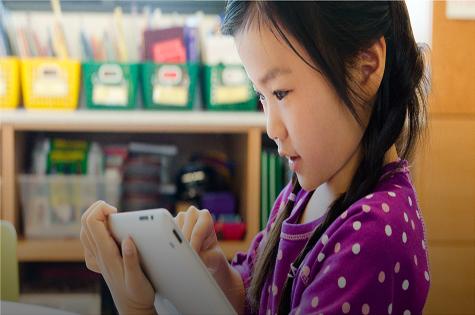Innovative mobile learning technology coupled with a contemporary classroom environment that is changing the way kids move, learn and behave could be the solution to childhood inactivity according to Australian researchers.
New research presented at Sports Medicine Australia’s be active 2014 conference last week heard of a Perth Primary School that is using mobile learning technology to cut over an hour per week off children’s harmful sitting time in the classroom.
The pilot study, led by Curtin University's Dr Erin Howie, found that by giving each child their own iPad, and creating a contemporary learning environment where desks are replaced with dynamic stools, moveable tables, beanbags and couches, children were sedentary for 15 minutes less per day, compared with ‘traditional’ classrooms.
“While this may not seem like a huge amount, cumulatively this eliminates over an hour per week of harmful sitting time per child,” Dr Howie said.
“Not only did mobile learning technology and a contemporary classroom environment reduce sitting time, it also resulted in the kids varying their posture more.
“Even when the kids were sitting, they were on dynamic stools meaning they spent more time wobbling, wiggling and balancing. All of this small activity accumulates over the day.”
Dr Howie said children in the contemporary classroom also behaved better.
“We monitored the number of student interruptions such as kids talking out of turn, or misbehaving, and found that there were fewer student interruptions in the contemporary classroom compared with the traditional classroom,” Dr Howie said.
She believes that schools, educators, parents and policy-makers should look at classroom design and learning technology as a way of improving health behaviour and physical health in the classroom.
“We were surprised at the extent of the impact on sedentary behaviour and activity levels that occurred through making only passive changes to the classroom – imagine what could be done with even greater improvements, such as introducing prompts to stand or change locations in the classroom.
“By harnessing technology and moving towards a student-centred and flexible learning environment we can create a classroom where children move more, learn more and behave better.”



















__small.png)










